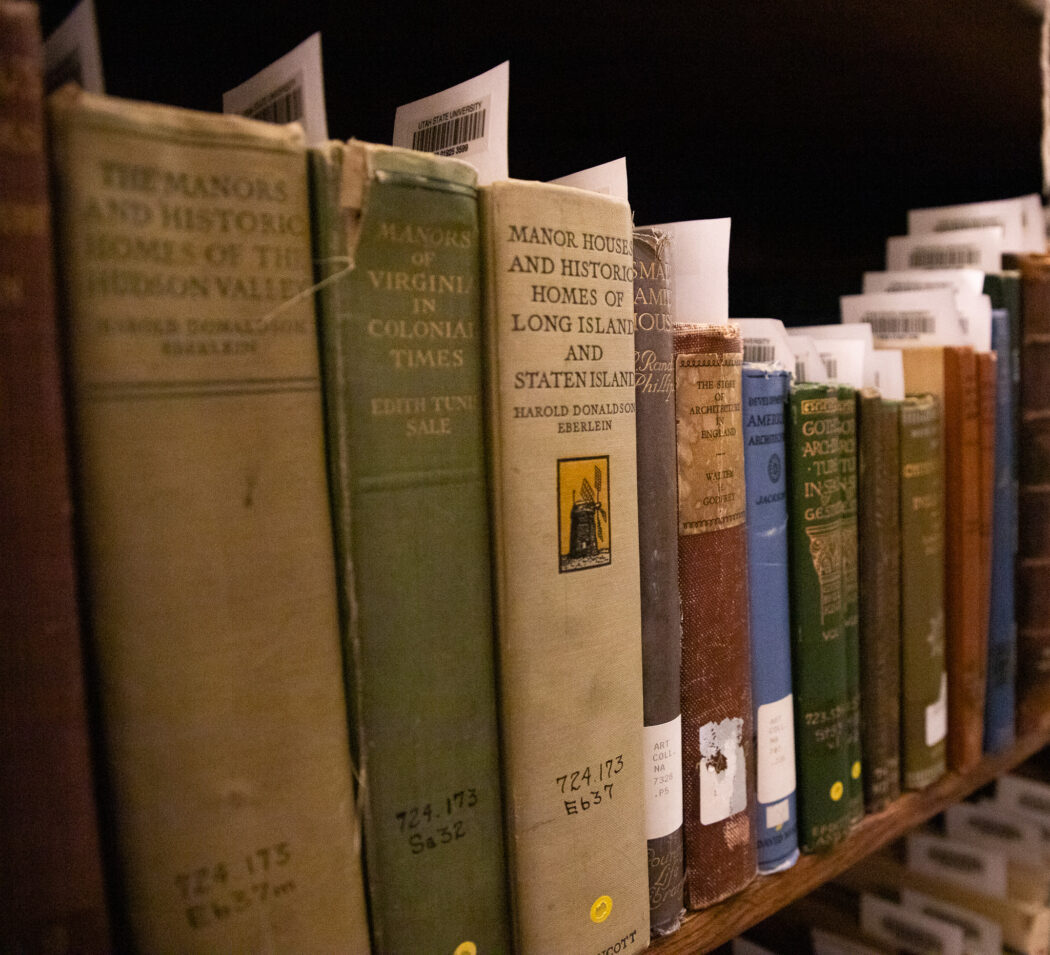Special collections; holds USU’s history
Within the walls of the Merrill-Cazier Library, there are 22,000 boxes of historic collections that can not be found on Google Scholar, according to Dan Davis, the photograph curator and instruction coordinator for Special Collections and Archives.
Special collections is home to many photographs and books that keep the history of USU alive.
“This is all the beginning, right? Not the end goal,” Davis said.
Davis believes the past is only a beginning for current students to leave their mark on USU history.
“We want to emphasize that there is a long history,” Davis said. “Alumni have done really interesting things, and I think it can provide some inspiration to other Aggies to see what’s been done.”
According to Davis, in 1888, the legislation was passed to open USU. In 1890, the first classes were held in one small part of Old Main.
The first bachelor’s degree from USU was earned in 1893. The first master’s degree was earned in 1905 and the first Ph.D. in 1949, according to Davis.
The entry level to the special collections area is home to a collection of work from Leonard J. Arrington, a prior USU economic history professor and Mormon history scholar.
According to Davis, special collections is home to the largest collection of Little Red Riding Hood books in the world.
It also has the largest collection of outdoor product catalogs in the world, the second largest collection on beat poets and the largest collection of cowboy poetry.
Special collections also houses the personal journals of Jack London, author of “Call of the Wild,” along with letters to his wife and rejection notices from publishers.
A first edition of the book with his signature, letter and photograph was donated by his second wife.
“The most valuable things we have are a series of books produced when Napoleon’s army went to Egypt,” Davis said. “They are some of the first illustrations of Egyptian hieroglyphics in the Western world.”
Each copy is worth half a million dollars, according to Davis.
Davis said there are 9,000 to 10,000 historic photographs of USU, Utah, Wyoming and Idaho.
“If you ever see an old photo of USU, it’s from us,” Davis said.
The collection includes resources related to art, journalism, agriculture, irrigation, English, Utah State and the Logan area.
Earlier this year, Verge Magazine used resources from special collections to research for an article and documentary they published online on May 30.
Titled “Lisa’s Final Act: how Apple invented its future by burying its past”, the article reveals that Apple buried “2,700 unsold Lisa computers in Logan” to make a better market for their new Macintosh XL.
The most popular collection, according to Davis, are the old USU yearbooks, course catalogs from 1894, and old editions of The Utah Statesman and Student Life, the old newspaper.
“They did a yearbook from 1971 to 2009,” Davis said. “Those get the most use from students.”
Within the archived newspapers, students can read about game highlights, protests and what mattered to USU students years ago. The special collections staff has helped students with their master’s theses and capstone projects.
According to their website, “University Archives endeavors to collect, preserve and make available the permanent historical record of the University.”
“We are the source,” Davis said.

